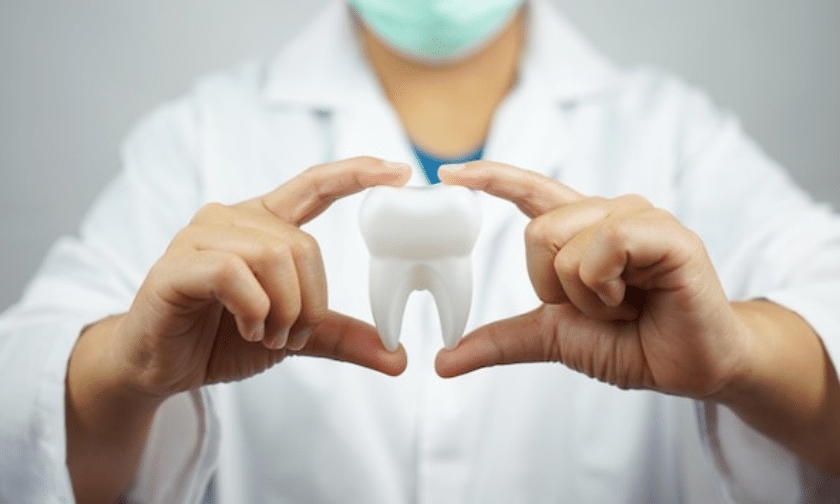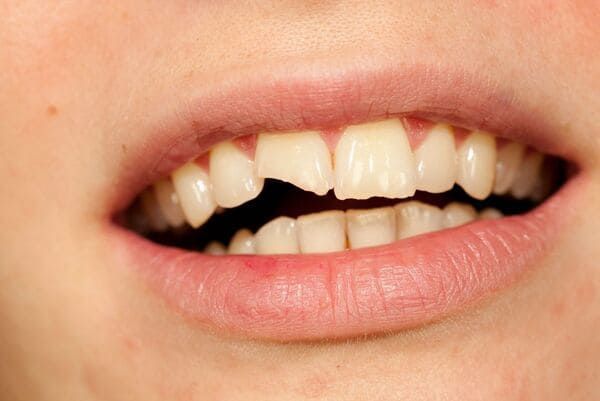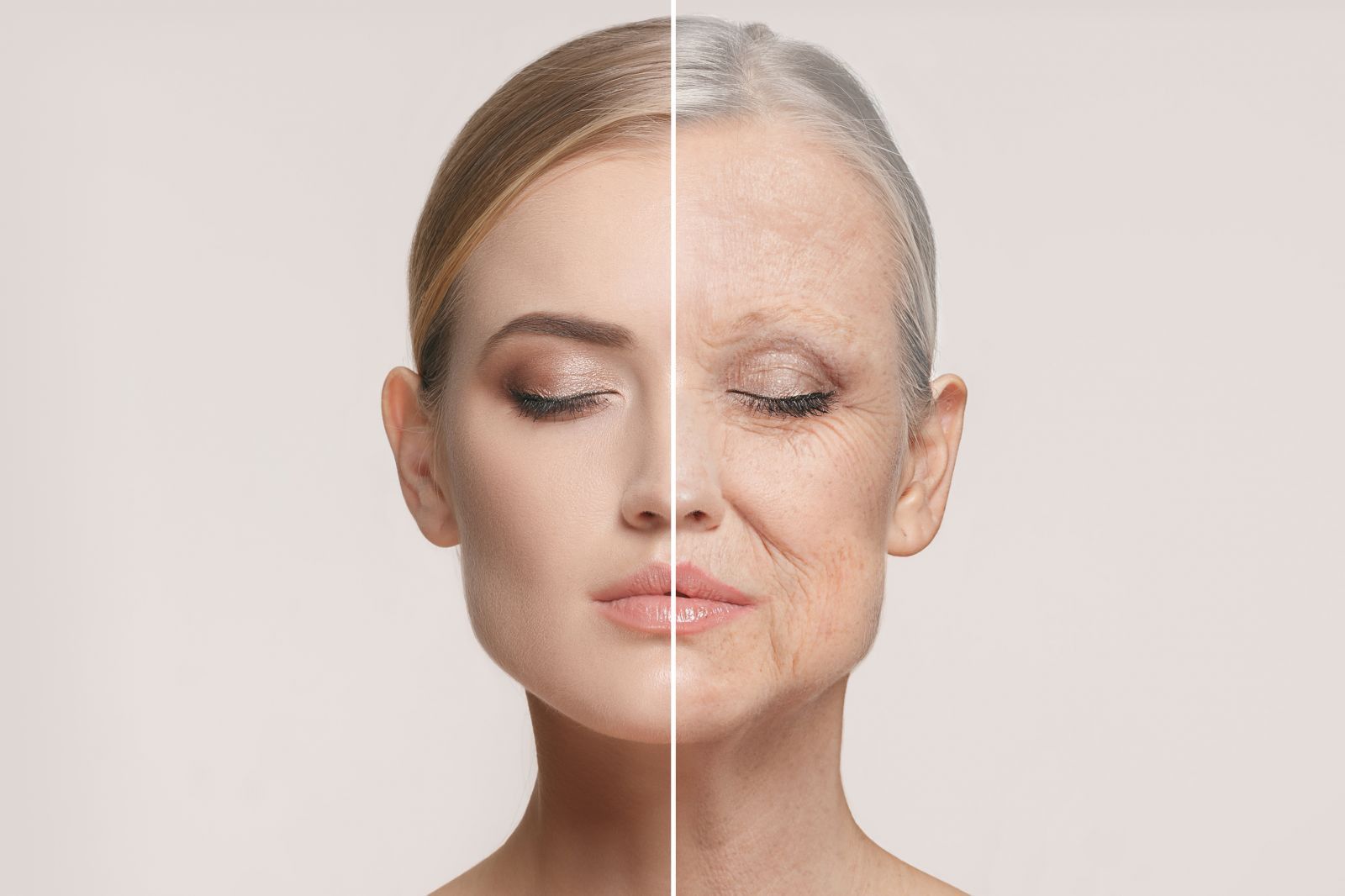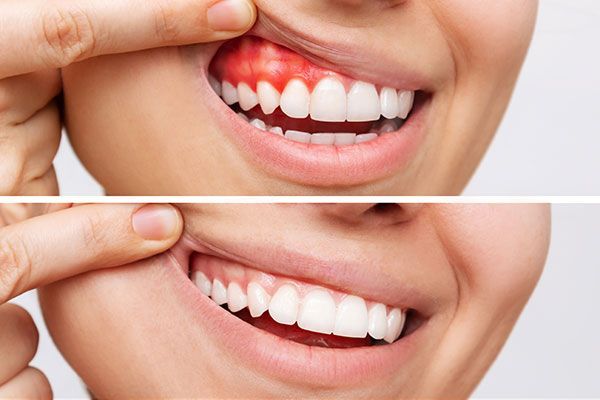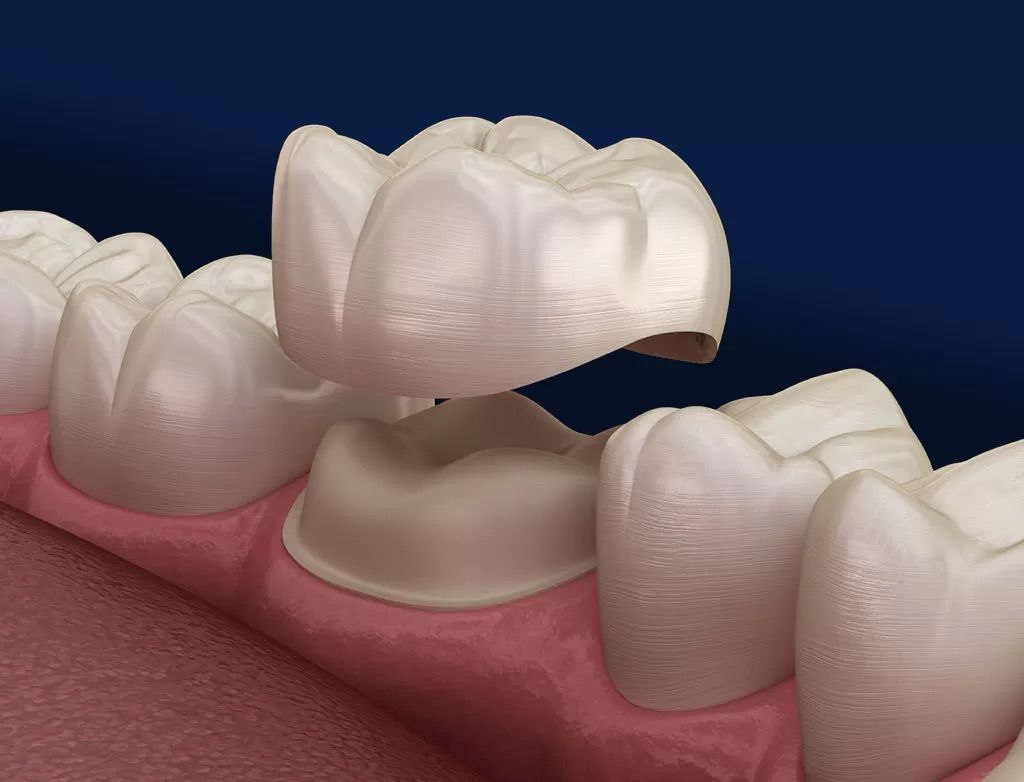Curious about dental bonding? Perhaps bonding has been recommended to you or you are searching for cosmetic options to improve your smile. If so, dental bonding may be the solution you seek. Let’s take a look at the why, what, and when dental bonding is your best option.
Why consider dental bonding?
Dental bonding provides a cost-effective solution to repair, protect, or improve the appearance of a smile.
Dental bonding can be used to repair some types of cavities or chips in teeth. It can also be used to patch sensitive areas, such as exposed root surfaces.
And lastly, dental bonding provides a more cost friendly option to make aesthetic adjustments to the appearance of teeth. For instance, covering over discolorations or changing the shape of teeth.
What is dental bonding?
Dental bonding is a tooth-colored resin material that can be molded much like clay. The final result in shaping the resin material to improve a tooth’s appearance depends upon the skill of the dentist. The resin material is then bonded to the tooth with a curing light.
It is a simple straightforward procedure, typically not requiring an anesthetic unless decay is involved.
You can expect dental bonding to last you approximately 3 to 10 years. Bonding material isn’t as hard as natural enamel and can wear with time. Habits such as chewing on pens can greatly decrease life expectancy of the material.
Many factors affect the lifespan of dental work, such as diet. Lifestyle choices affect the pH, bacterial flora, and quality of saliva in your mouth. All of this influences how long dental work lasts.
Drawbacks of dental bonding?
The lifespan of dental bonding isn’t the best out of dental restorative options. Dental bonding is more susceptible to staining than other restorative materials, like veneers.
While dental bonding can dramatically improve the appearance of a smile at an affordable price, it isn’t the most natural looking tooth like material.
Aesthetically veneers have a more natural appearance due to their translucency and light reflectiveness, much like real teeth. Keep in mind though veneers too have their pros and cons, which you can check out in our article on veneers.
Conclusion
Dental bonding is an affordable, simple procedure that can greatly improve the appearance of your smile with the use of tooth colored resin. Unfortunately, bonding is not a permanent solution as it will likely need to be redone within a decade. If your interest is cosmetic you may also want to learn more about veneers to make the best decision for you.


